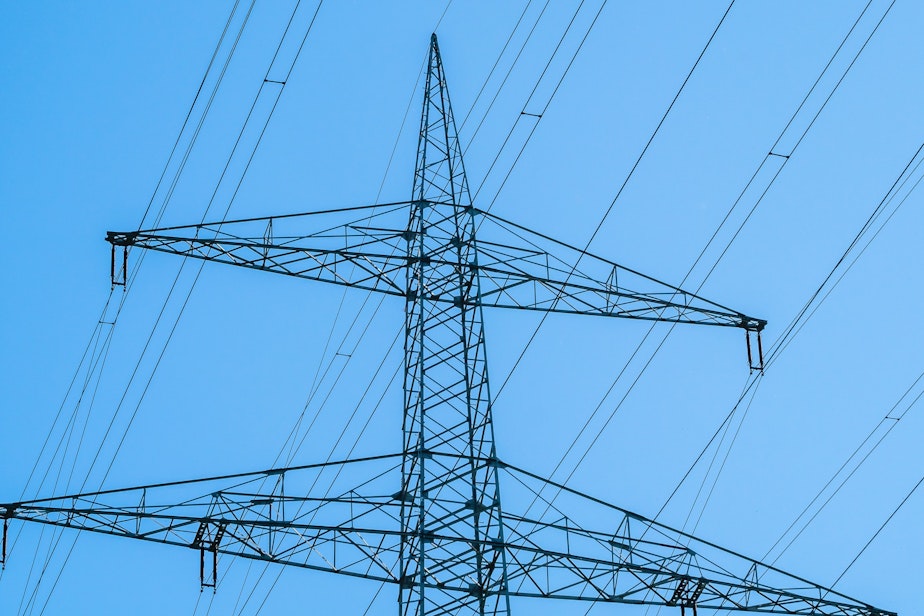How Washington utilities are tackling the clean energy to-do list

Under the Clean Energy Transformation Act, Washington state committed to having an electricity supply free of greenhouse gas emissions by 2045. That means local utilities now have a to-do list to make it happen, and that list is long.
The Clean Energy Transformation Act was signed in 2019, and moves Washington state toward decarbonizing buildings and transportation, cutting down emissions across industries, and modernizing our grid system. In order to get it all done, utilities will have to innovate alongside new technologies in wind and solar, transmission development, distributed energy resources, and microgrids.
David Roberts, with the clean energy newsletter Volts, says that scrambling to catch up with new technologies is one of the biggest obstacles for utilities.
“From the utilities perspective, things have changed in a fundamental way very, very quickly,” he says. “The technology has raced way ahead of the regulations and procedures.”
What does the Clean Energy Transformation Act mean for utilities?
Sponsored
The Clean Energy Transformation Act mandates that utilities like electricity start making adjustments, like phasing out coal, as early as 2025. All targets, however, must be met by 2045.
Here are the mandatory targets from the Washington Utilities and Transportation Commission:
- 2025: All electric utilities must eliminate coal-fired generation serving Washington state customers.
- 2030: All electric utilities must be greenhouse gas neutral. For example, remaining carbon emissions are offset by renewable energy, energy efficiency, carbon reduction project investments, or payments funding low-income assistance.
- 2045: All electric utilities must generate 100% of their power from renewable or zero-carbon resources.
Seattle City Light is making great strides towards meeting those goals.
“It’s beyond compliance for us,” says Emeka Anyanwu, the Energy Innovation & Resources Officer at Seattle City Light. “Getting to a decarbonized future is a priority for us.”
Sponsored
The public utility boasts delivering and generating 80% of its power via clean, carbon-free hydroelectricity. Where’s the power gap?
Most of the power stems from hydroelectric. There is also wind in the portfolio, but there are still ways SCL has to decarbonize.
Anyanwu says that Seattle City Light does balance resources and fuel mix from national utilities to make up the difference. But it’s beyond generating resources.
Because some two-thirds of carbon emissions come from transportation, Anyanwu says transforming the biggest sources of emissions is necessary. Seattle City Light's efforts include innovation in transportation electrification, or electrifying transit and fleets. The goal is to make them more flexible, more adaptive, and more responsive.
Building toward the future includes tending to power outages. Clean energy innovation aims to be resilient and bounce back when hard hit.
Sponsored
“If you begin to drive toward a decarbonized community or society and you start electrifying large sections, that means that people rely even more heavily on the electric system," Anyanwu says.
These efforts can have helpful and huge impacts for vulnerable communities bearing the brunt of utility insecurity, including low-income households, rural communities, and people on the end of the line.
Continuing to innovate and adapt are key.
“The more sophisticated and developed these distributed energy resources get, the more local resilience you have,” says David Roberts with Volts.





